10 Android 13 New Features and Tips You Should Know
Android 13 is the new release from Google, building upon the lovely Android 12. It improves upon and extends the two most important features of Android 12: the new design system dubbed “Material You” and the enhanced privacy and security controls. That means Android 13 protects your privacy even further!
That being said, let me introduce you to its new and improved features and how to utilize them to make the most of Android 13.
However, Android 13 is more of an evolution than a revolution of Android 13, so do not expect disruptive changes.
1. Experience "Material You"
Android 13 builds upon Google’s Material You to provide better customization and personalization for you. One of its aspects is you get more theme options, including more basic colors and more sets of wallpaper colors — 16 of each compared to 4 of each of them in Android 12. The other aspect being more developers are supporting Material You, i.e., more apps with the new design.
If you are using Google Pixel, you need not do anything here. If you are using an Android device from other manufacturers, you can download one of the popular app launchers supporting Material You.
Below are some popular apps:
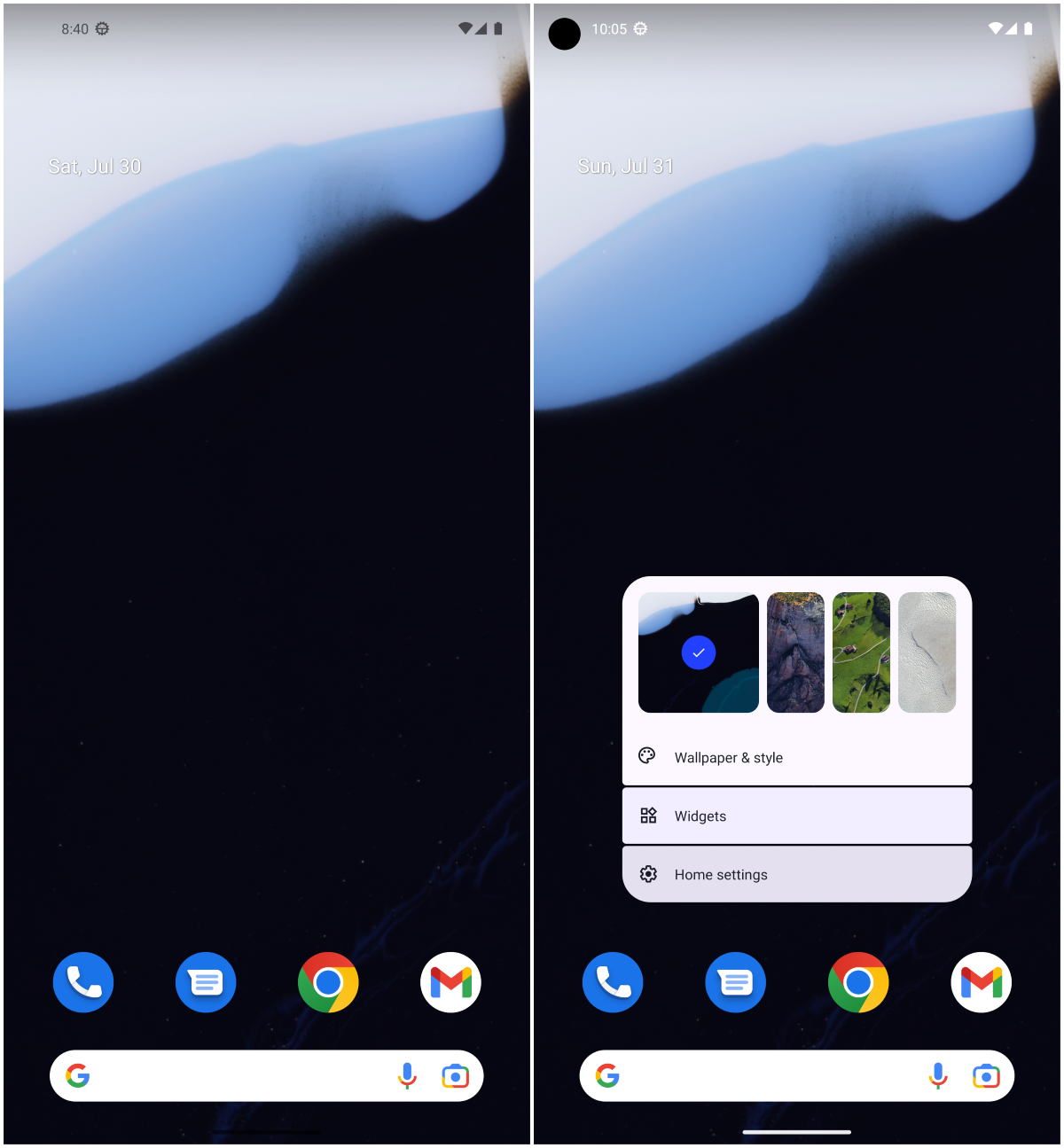
2. Customize even further
As Material You become the de facto design system in Android 13, you enjoy more customization and personalization options starting with more color sets and Material You-themed icons.
Here’s how you can enable the themed icons:
- Tap and hold on to any empty area of the home screen.
- Select Wallpaper & style, scroll down, and toggle on Themed icons.
- On this screen, you can also pick one of Wallpaper colors or Basic colors.
- On this screen, you can also click Change wallpaper > Come Alive to check out the new live wallpapers in Android 13 dubbed “Come Alive”.
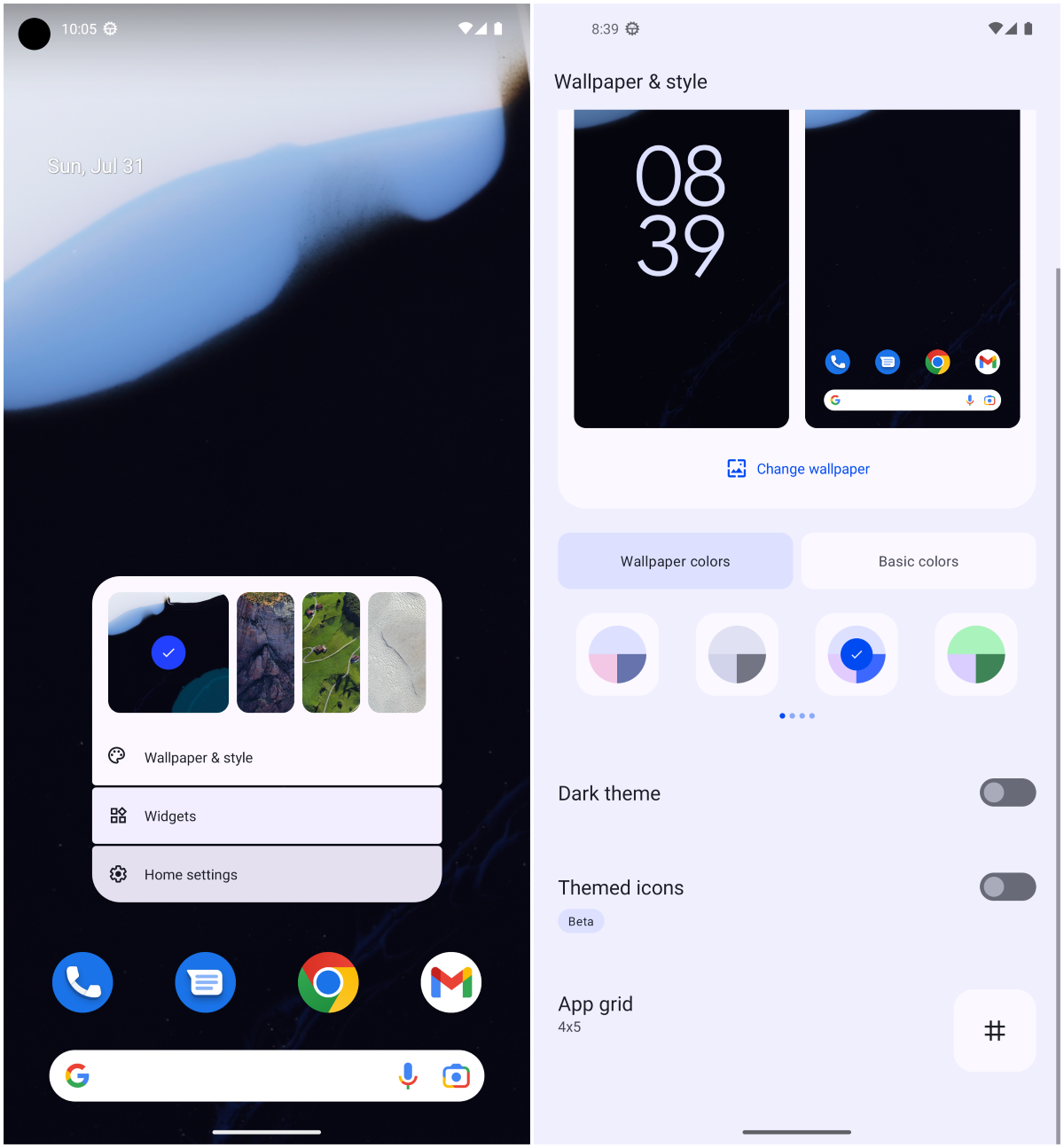
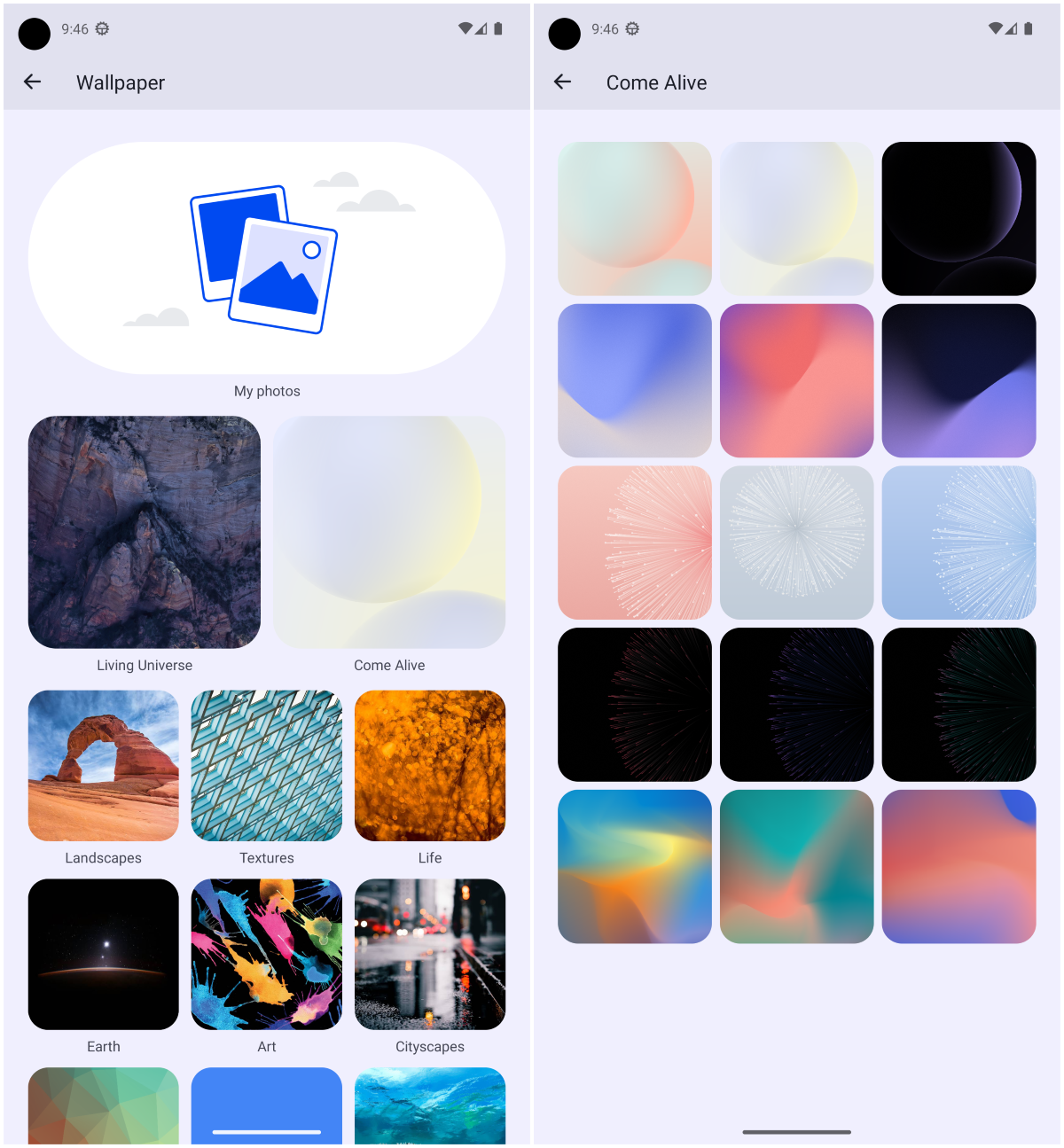
3. Check the enhanced privacy
Android 13 enhances the privacy and security controls introduced in Android 12. Firstly, sensitive content is hidden from clipboard content previews. Then, there is a new permission for apps to search nearby devices, which was previously handled by the location permission.
Moreover, there are new, separate permissions for different types of media, unlike Android 12. So, let me show you how to check permissions allowed to and used by the apps:
- Open Settings on your device and scroll down to tap on Privacy.
- Tap on Privacy dashboard to check permissions recently used by apps. Android 13 also shows data for the last seven days in the privacy dashboard.
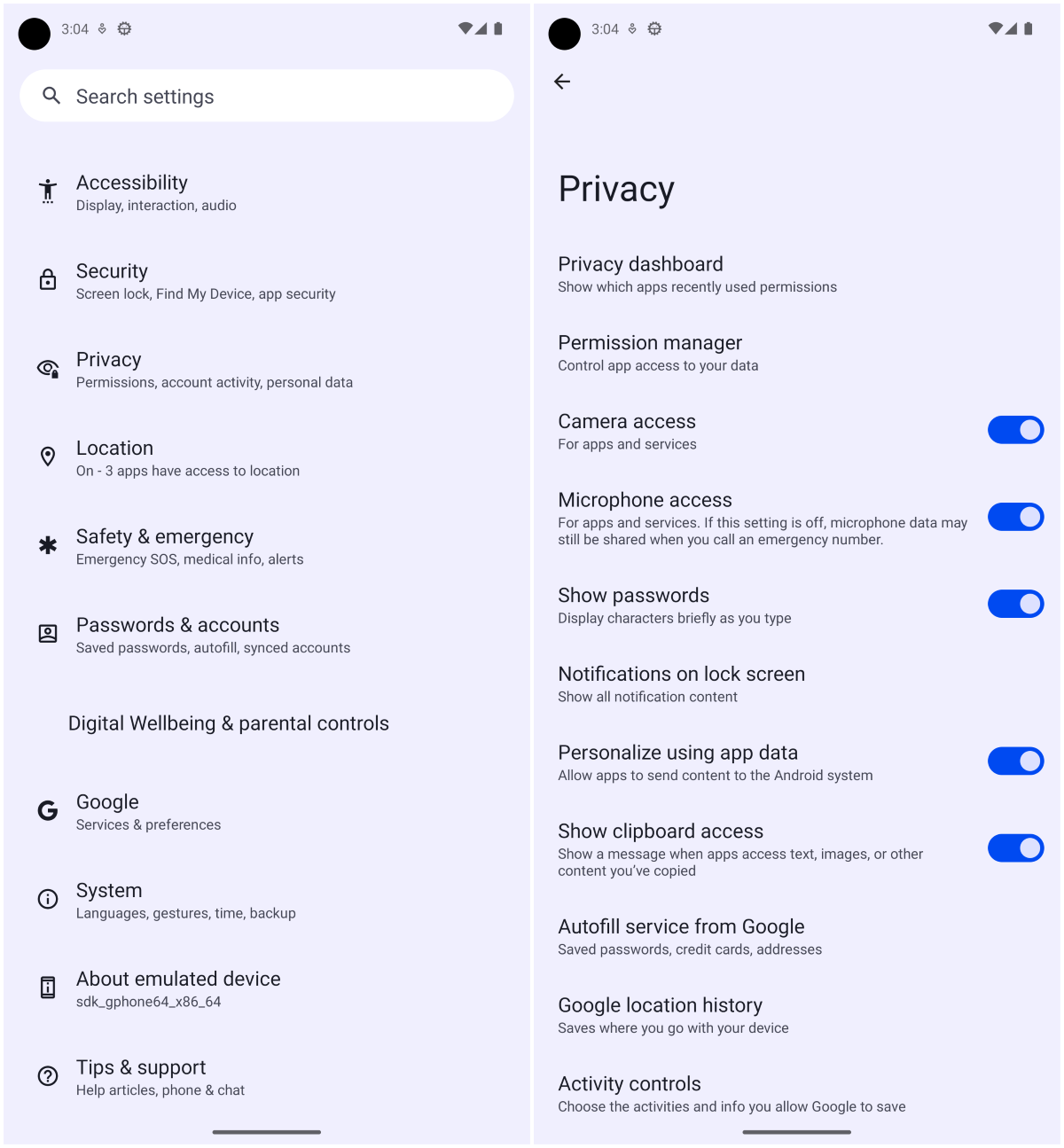
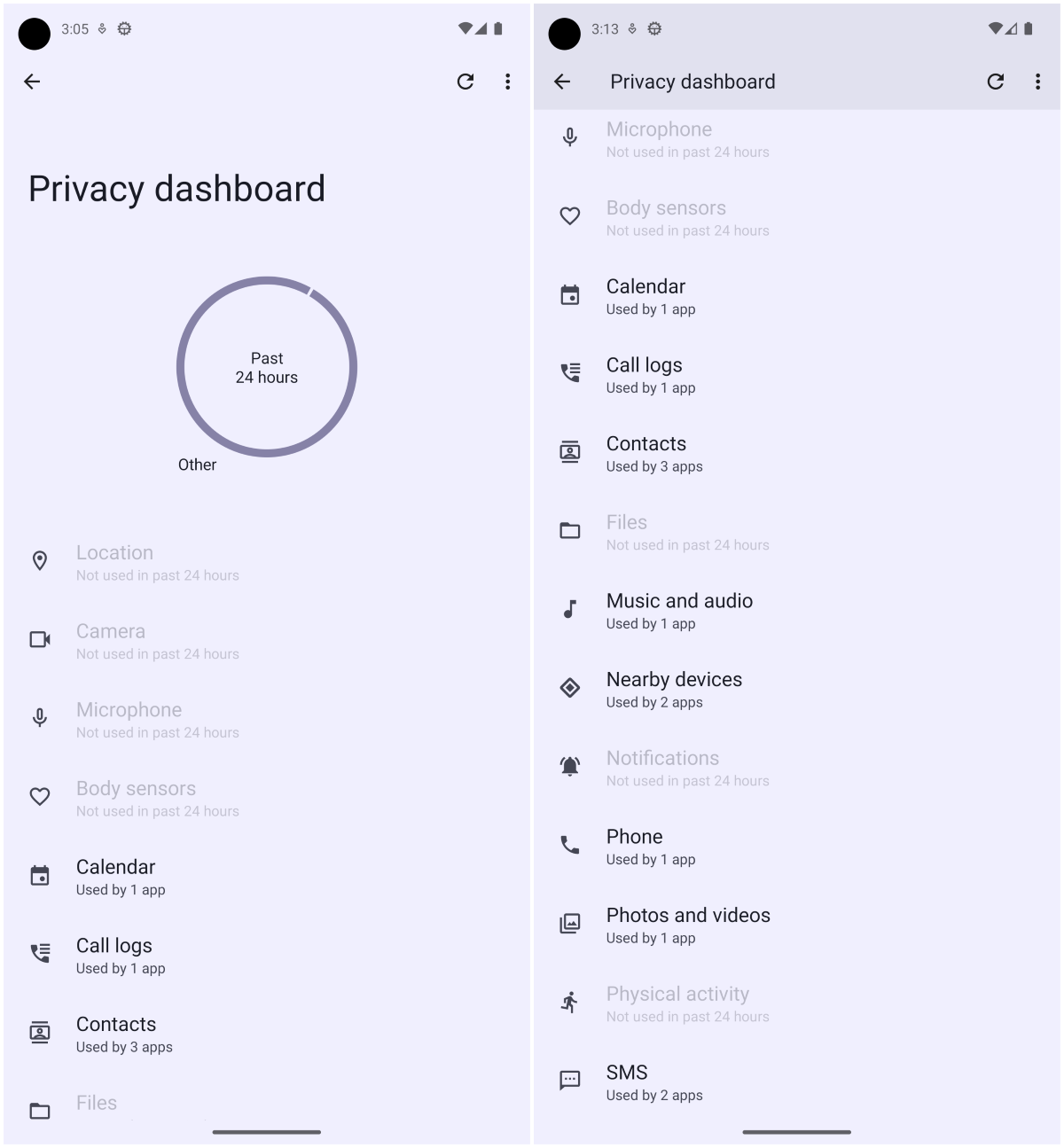
4. Use the new photo picker
Android 13 introduces a new photo picker for better privacy. Previously, you would give an app media permission, and it could have access to all media stored on your device except for media in a private or safe folder. Fortunately, it is different now with the new photo picker — a feature inspired by iOS.
Whenever you click to choose media in a supported app, you will see the new photo picker, as shown below. You can choose photos and albums, and the app gets permission to access the selected photos or albums only.

5. Disable permissions for apps
The apps you installed previously and gave permissions to will use their old permissions. In that case, they might access all media files. So, you must check for apps having Photos and videos permissions and disable them using the steps below. Then, you can allow the new permissions again per Android 13.
- Open Settings on your device and scroll down to tap on Privacy.
- Tap on Permission manager to disable permissions for an app. Tap again on one of the permissions (say Calendar) to check the apps using it. Tap on an app (say Android Auto), then tap on Don’t allow to disable it.


6. Allow notifications selectively
In previous versions of Android, every installed app used to get permission to send you notifications by default. Android 13 changes that. Now, every app you install must ask to send you notifications, as web pages ask in a browser. This new feature will protect you from apps misusing notifications to show ads.
For example, the below screenshot shows apps asking to send you notifications.
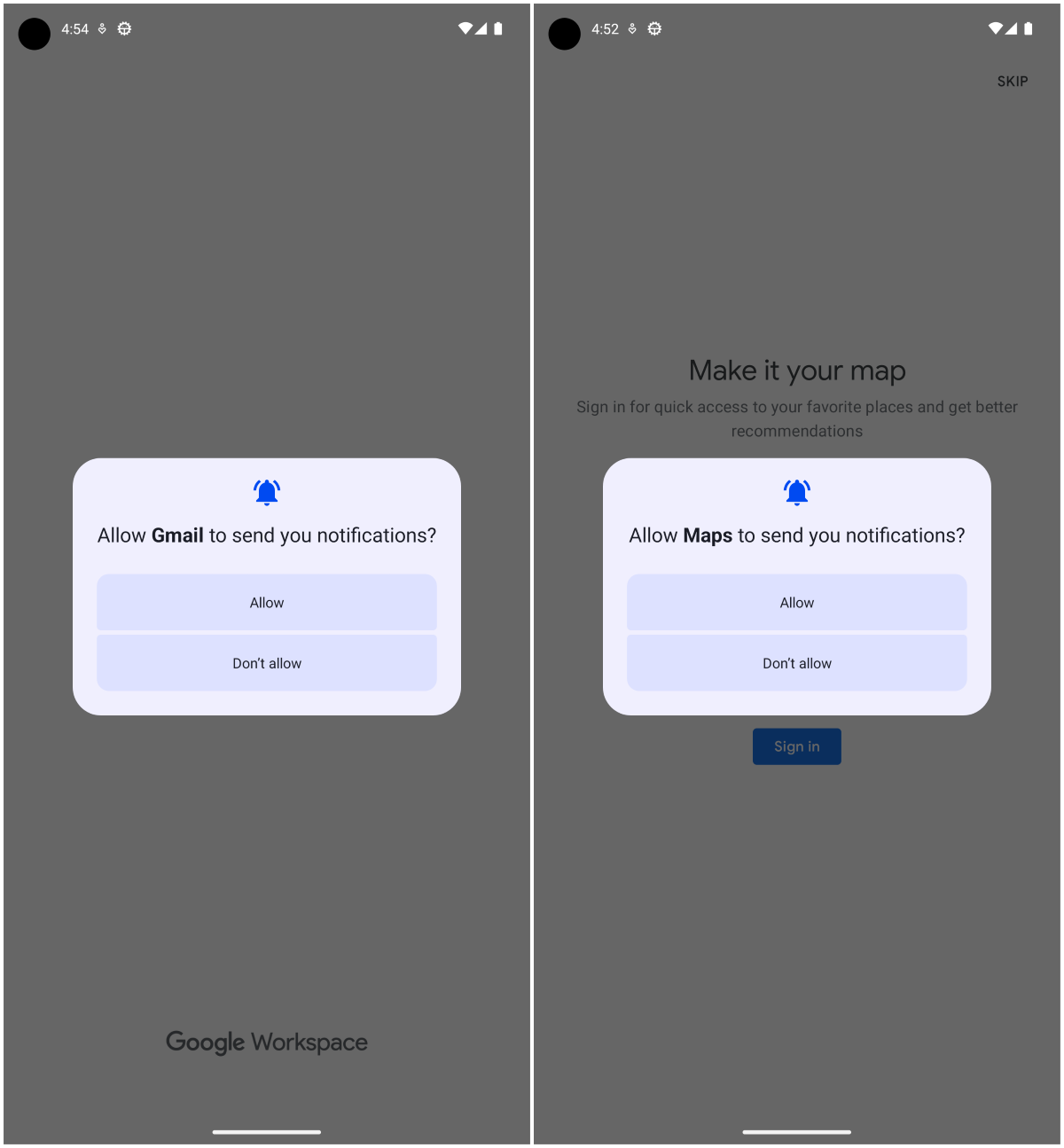
7. Disable notifications for apps
The apps you installed on Android 12 will have the old de-facto notifications permissions, i.e., all apps can send you notifications. In that case, you must check for apps having notifications permissions and disable them as shown below. Then, you can allow or do not allow notifications for apps as needed.
- Open Settings on your device and tap on Notifications.
- Tap on App settings and select All apps from the dropdown.
- Finally, toggle off the apps you do not want to get notifications from.
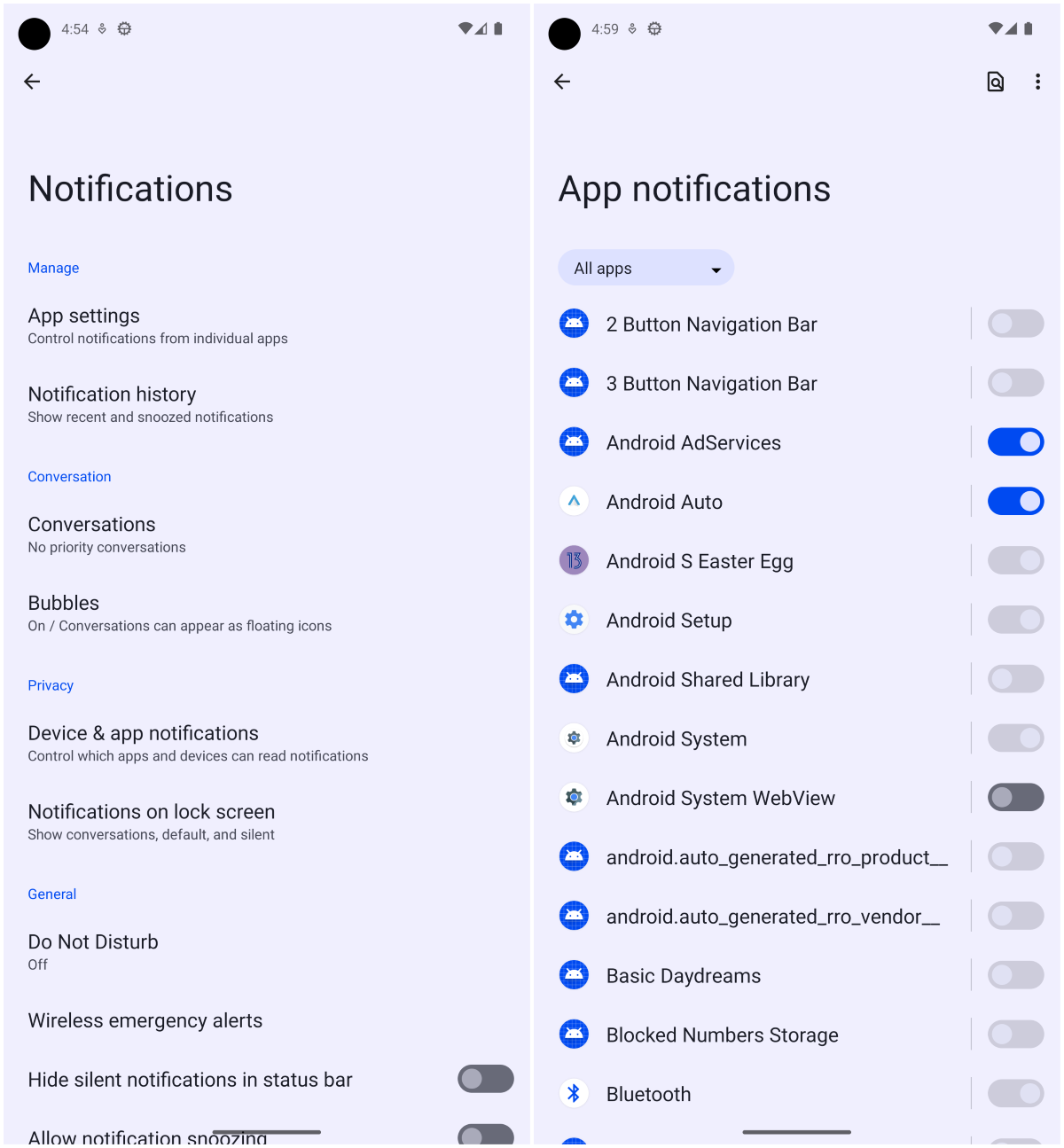
8. Configure apps’ languages
Android 13 supports configuring a default language per app instead of a system language mandated for each installed app. That means you can select different default languages for different apps. Here’s how you can configure it:
- Open Settings, scroll down, and tap System > Languages & input.
- Tap on App languages, tap an app, and tap a language to set its default. You can select any one of the Suggested languages or All languages.
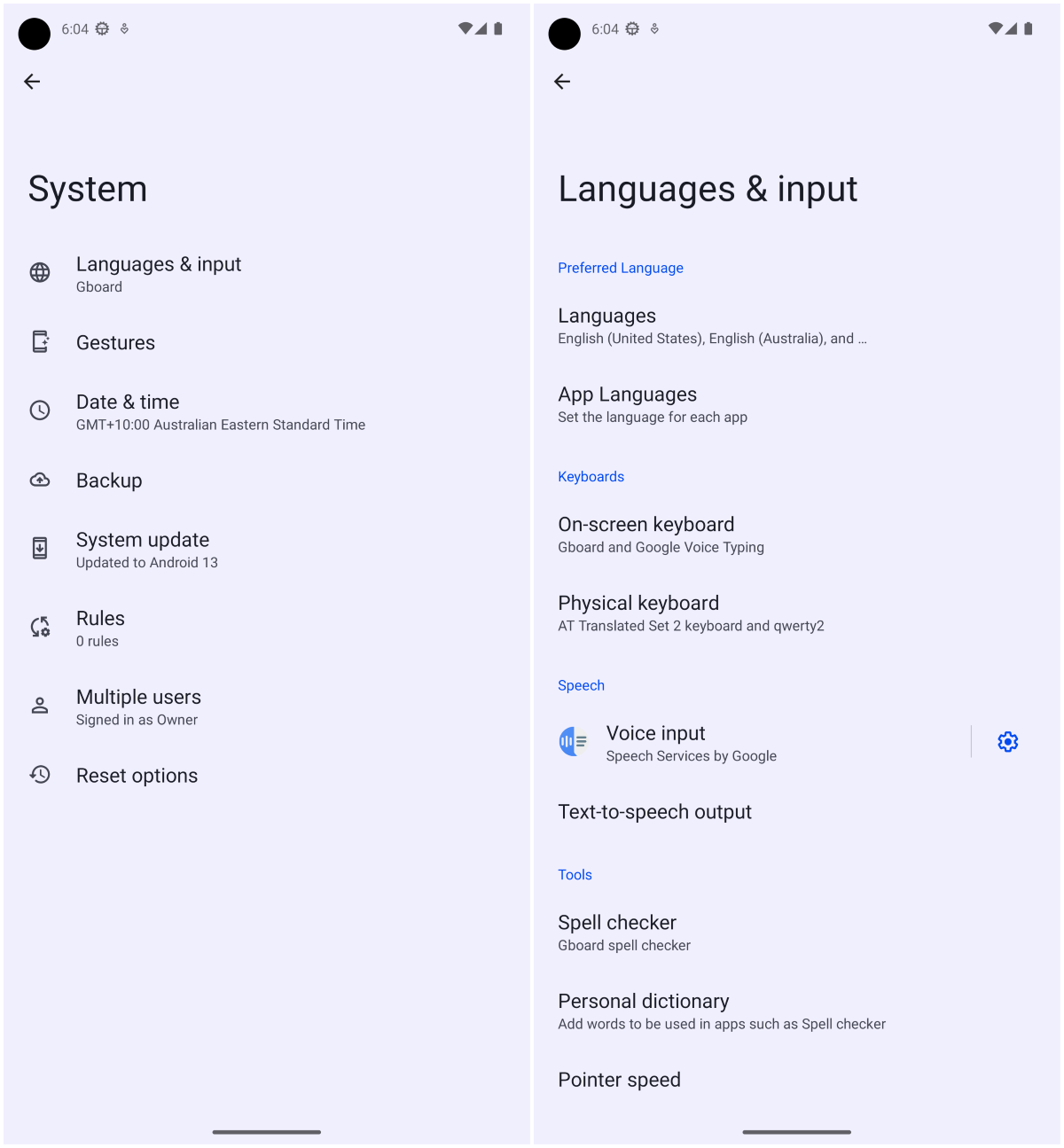

9. Confirm any copied content
Android 13 introduced a visual confirmation preview whenever you add content to the clipboard. It confirms that the content is successfully copied and shows its preview to help you visualize the copied content.
Moreover, it shows some quick actions to perform with the copied content. For example, it may show an action to open it in a browser if it is a link or dial it if it is a phone number.

10. Use predictive back gesture
In the new Android, whenever you use the back gesture, Android 13 shows you the preview of the destination or the result of the back gesture before you really complete it. That means you can preview the back gesture’s result and decide if you actually want to go back or stay on the current screen or view of the app.

That is all about confirmed changes and features getting introduced in Android 13. I know these are not groundbreaking compared to Android 12, but they are small improvements that boost your experience with the Android OS.